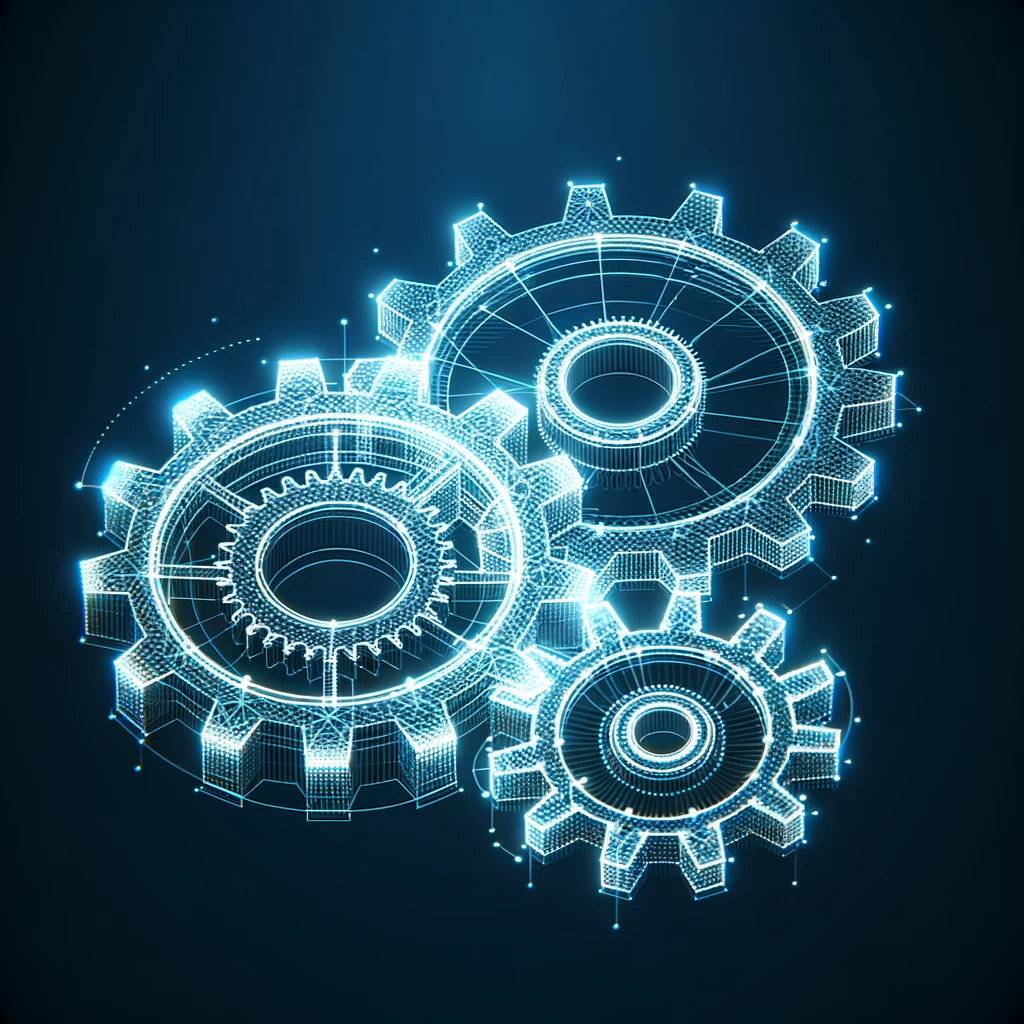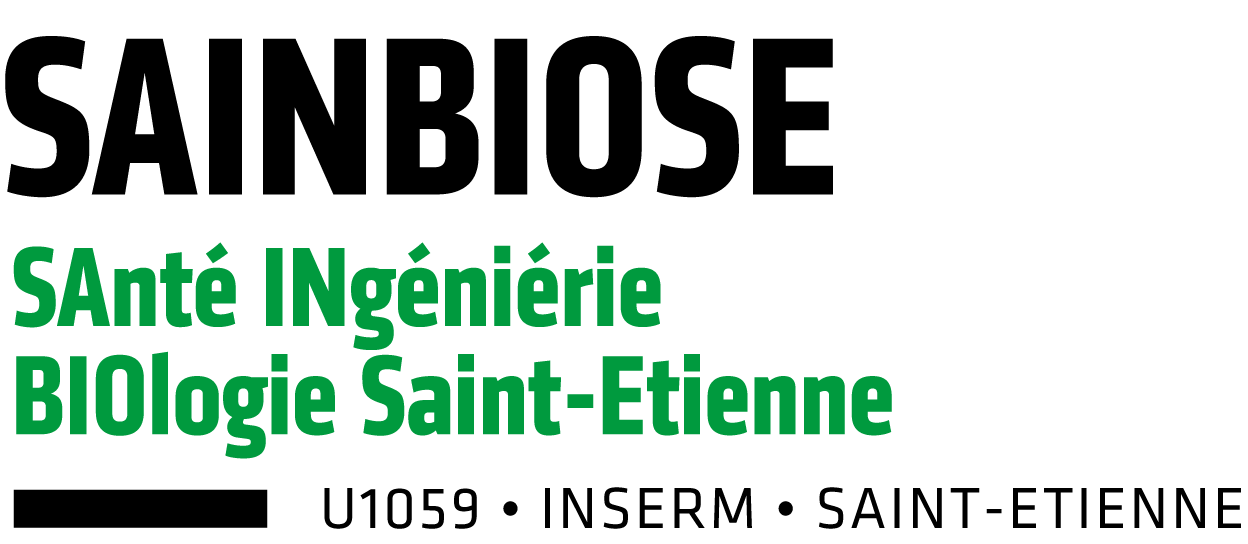Digital twins of mechano-biological interactions from cells to organs
Soft Tissue Biomechanics
We aim to carry out fundamental investigations in the domain of mechanical identification of soft tissues and prostheses, with strong interactions with medical device industries and with clinicians. The biomechanics group is renowned internationally for its research aimed at improving the treatment of cardiovascular diseases by assisting physicians and surgeons with biomechanical numerical simulations. Recent research directions include: aneurysm wall mechanics using finite-element analyses, growth & remodelling simulations for real patients, data-driven model predictions, atrial fibrillation, brain drainage. We have established the first patient-specific computational models simulating the progression of aortopathies based on growth and remodelling theories. Using computational multi-scale models, we study the role played by vascular smooth muscle cells in the regulation of the elasticity of the aorta and the role played by these processes in aneurysms and dissections of the thoracic aorta. We are also interested by the micro-damage mechanisms leading to dissection, relying on digital modeling to precisely describe the mechanical conditions and the dissection initiation sequence, in connection with the mechanobiological properties of cells and extracellular matrix



